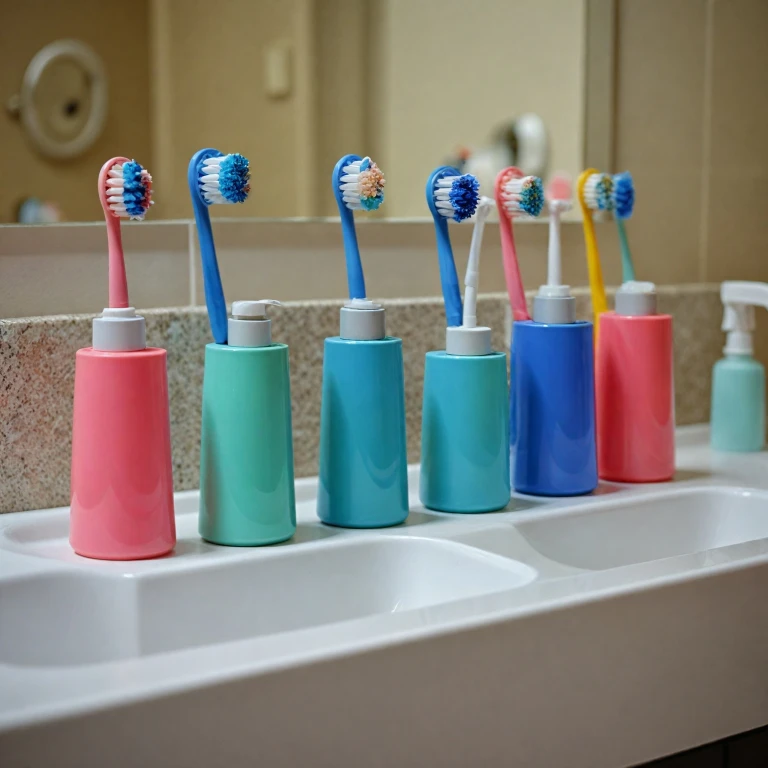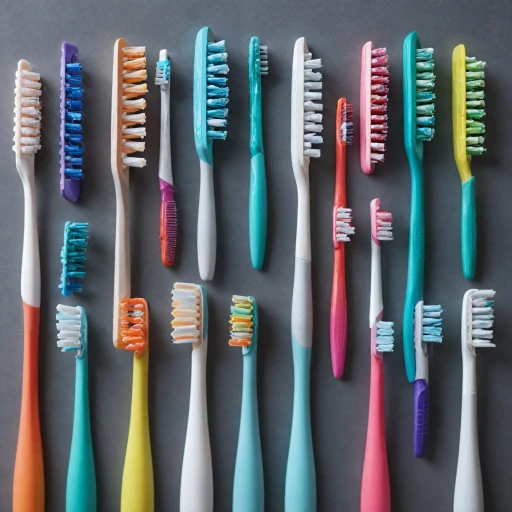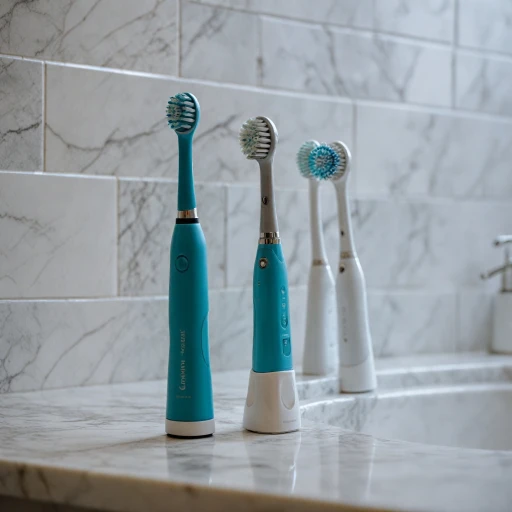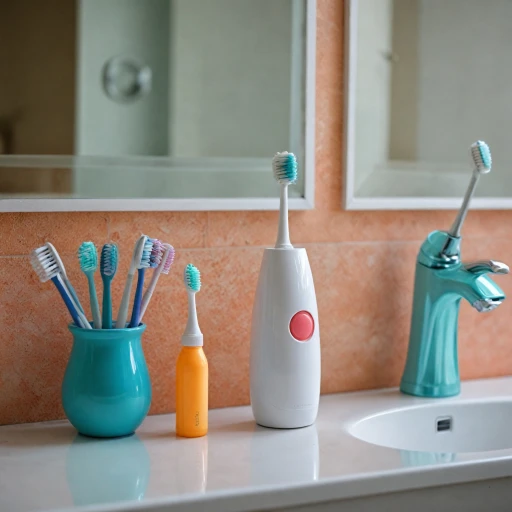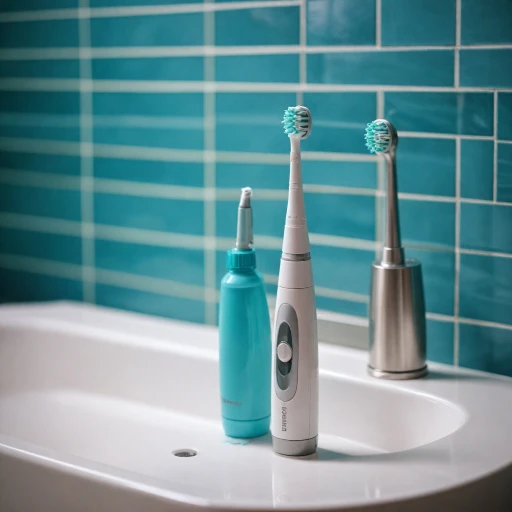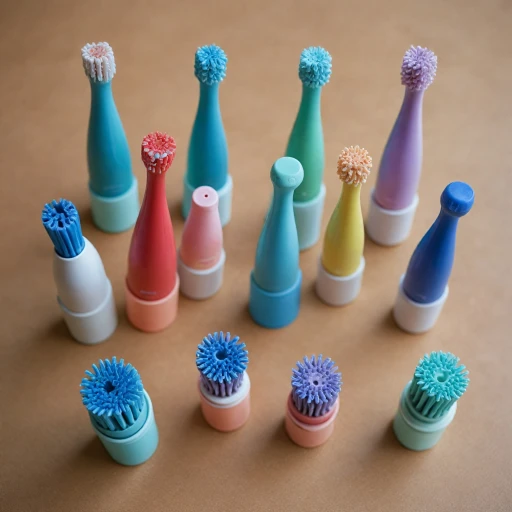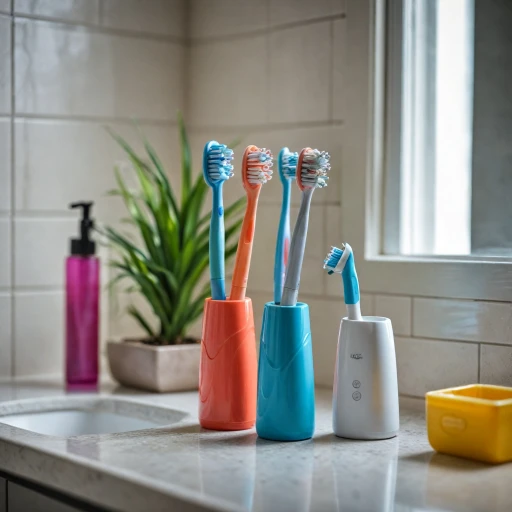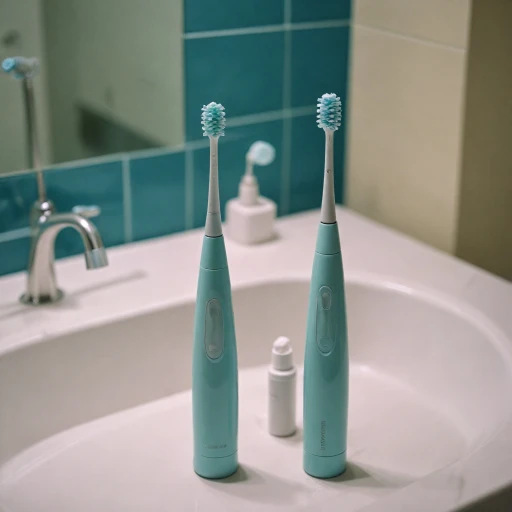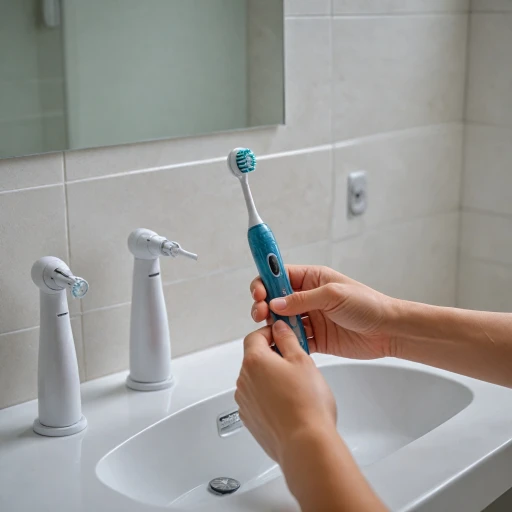
Understanding Gum Disease
Recognizing the Impact of Gum Disease on Oral Health
Gum disease, or periodontal disease, is a common yet often overlooked condition in dental care. It begins with the inflammation of the gums, known as gingivitis, which can progress to more severe stages if left untreated. The primary cause of gum disease is plaque—a sticky film of bacteria that accumulates on teeth and gums. When not thoroughly removed through proper oral hygiene like brushing and flossing, plaque hardens into tartar, further irritating the gums.
If left unchecked, gum disease can lead to serious problems including gum recession, where gums pull back from the teeth, eventually causing loose or lost teeth. This condition poses a considerable threat to oral health, as healthy gums are vital for the stability of all teeth and the prevention of further dental issues.
While manual toothbrushes can help in maintaining oral hygiene, electric toothbrushes are often recommended for their effectiveness in reducing plaque and gingivitis. Due to their advanced technology, electric toothbrushes can clean more effectively than manual brushing, reaching areas that are often missed.
The use of an electric toothbrush can be especially beneficial when dealing with receding gums as they often come with pressure sensors that can help protect delicate gum tissues. With that said, choosing the right electric toothbrush is an essential step towards promoting gum health and preventing the progression of gum disease.
Understanding the intricacies of different models and their features, as well as seeking advice from dental professionals, can aid in finding the best electric toothbrush to cater to specific needs, including the health of your gums.
Benefits of Electric Toothbrushes for Gum Health
Enhancing Gum Health Through Electric Brushing
Maintaining optimal oral health is crucial, especially when it comes to preventing gum disease. Electric toothbrushes have proven to be significantly better for promoting healthier gums compared to manual toothbrushes. These devices not only help in reducing plaque, a primary contributor to gum issues, but they also offer a superior clean that manual brushing often cannot achieve.
One of the standout benefits of using an electric toothbrush is its ability to gently yet effectively massage the gums, improving blood flow and stimulating gum tissues. This is essential for preventing gum recession and alleviating symptoms related to periodontal disease and receding gums.
A key feature of many electric toothbrushes is their pressure sensor. This function alerts users if they are brushing too hard, which can damage gums and lead to further gum recession. By ensuring a proper brushing technique, these brushes aid in better control over one's oral hygiene approach.
Science supports the effectiveness of electric toothbrushes in managing and even reversing some signs of gum disease. Regular use helps in maintaining the delicate balance needed for gum health as it consistently delivers better cleaning efficiency compared to a manual brush. To read more about electric toothbrushes tailored for sensitive gums, consider consulting this guide on choosing the ideal electric toothbrush for sensitive gums.
Key Features to Look for in an Electric Toothbrush
Identifying Essential Electric Toothbrush Features
When choosing an electric toothbrush to support gum health, it's important to focus on specific features that cater to maintaining good oral hygiene. With a range of options available, here are some key attributes to consider for the best toothbrush experience:- Pressure Sensor: One critical feature to protect your gums is a pressure sensor. Using too much force during brushing can lead to gum recession or irritation. A pressure sensor alerts you when you're brushing too hard, helping prevent potential damage to your gums.
- Soft Bristle Brush Head: A soft bristle brush head is gentle on the gums and effectively removes plaque without causing irritation. Some popular models, like those from Philips Sonicare, offer heads specifically designed for sensitive gums, which can be beneficial for individuals experiencing gum recession.
- Multiple Brushing Modes: Many electric toothbrushes come with different brushing modes, including settings for everyday cleaning, sensitive teeth, or gum care. These various modes allow customization of your brushing experience based on specific oral health needs.
- Timer and Quadrant Pacer: Timers are essential to ensure you're brushing for the dentist-recommended two minutes. Additionally, a quadrant pacer encourages even brushing by signaling when it's time to move to a different area of your mouth.
- Long-lasting Battery Life: A toothbrush with a reliable, long-lasting battery can be convenient, especially for travel or busy lifestyles, ensuring consistent oral health maintenance.
Comparing Popular Electric Toothbrush Models
Feature Comparison of Leading Models
When selecting an electric toothbrush to enhance your oral health, it’s crucial to compare models known for their effective gum care. With many options available, here are some popular models that stand out:- Philips Sonicare Series: Regarded as a top choice for maintaining gum health, the Philips Sonicare line offers various models with innovative technology. The sonic action helps in removing plaque efficiently, which is crucial in preventing gum disease and recession. Features such as multiple brushing modes and long-lasting battery life make it a popular pick among dental care enthusiasts.
- Oral-B Pro Series: Known for its round brush head which mimics professional dental tools, the Oral-B Pro series provides effective cleaning by oscillating, rotating, and pulsating. Many models in this series are equipped with a pressure sensor, which is beneficial in protecting gums from damage often caused by excessive force during brushing.
- Waterpik Sonic-Fusion: Combining the functionalities of a water flosser and a sonic toothbrush, Waterpik Sonic-Fusion offers an innovative solution for comprehensive oral hygiene. Ideal for individuals dealing with periodontal disease, this model helps in tackling plaque hidden between teeth and along the gum line.
Tips for Using an Electric Toothbrush Effectively
Mastering the Use of Your Electric Toothbrush
Using an electric toothbrush effectively can be a game-changer for your oral health, especially in maintaining the health of your gums. Whether you're transitioning from a manual toothbrush or looking to maximize the benefits of your current electric model, these tips can guide you toward better oral hygiene.- Choose the Right Setting: Many electric toothbrushes offer various speed and pressure settings. Start with a gentle setting if you're new to electric brushing or if you have sensitive gums. This is particularly helpful for those with receding gums or gum disease.
- Use Proper Technique: Hold the toothbrush at a 45-degree angle against your gum line. Let the brush head do the work; there's no need to press hard. This technique is effective in reducing plaque buildup and minimizing the risk of gum recession.
- Time Your Brushing Session: Electric toothbrushes often have built-in timers to ensure you're brushing for the recommended two minutes. Some models even offer quadrant pacing to help you spend equal time on each part of your mouth, ensuring a thorough clean.
- Watch the Pressure: Excessive pressure can harm your gums. Many advanced electric toothbrushes come with pressure sensors that alert you if you're brushing too hard. Using these features can prevent gum damage and improve overall gum health.
- Regularly Change Your Brush Head: Changing your brush head every three months or sooner if the bristles become frayed is crucial for maintaining optimal brushing efficiency. A fresh brush head ensures the toothbrush can effectively clean and support your gum health.
- Complement with Good Oral Hygiene Practices: An electric toothbrush is an excellent tool, but it should be part of a comprehensive oral care routine that includes flossing and regular dental check-ups to prevent periodontal disease.
Consulting with Dental Professionals
Seeking Professional Advice for Enhanced Gum Health
When choosing the best electric toothbrush to support your gum health, it's prudent to consult with dental professionals. Dentists and dental hygienists possess in-depth knowledge of oral health, including insights into how specific brushing techniques and tools can impact conditions like gum disease and gum recession.
During a dental visit, professionals can assess your oral health status and provide tailored advice based on your unique needs. For instance, if you're dealing with receding gums or periodontal disease, a dental expert might recommend a toothbrush with a pressure sensor. This feature can help prevent aggressive brushing, which is crucial for protecting vulnerable gums.
Professionals can also guide you in the correct use of an electric toothbrush. From the appropriate brush head size and shape to optimal brushing techniques, their advice can ensure you gain maximum benefits. Their insights are invaluable, complementing the guidance offered in our previous discussions on the benefits of electric toothbrushes for gum health and the key features to consider.
Maintaining an open dialogue with your dental team helps you stay informed about the latest oral hygiene practices and advancements in electric toothbrush technology. Partnering with your dental care providers can significantly improve gum health, leading to a brighter, healthier smile.
